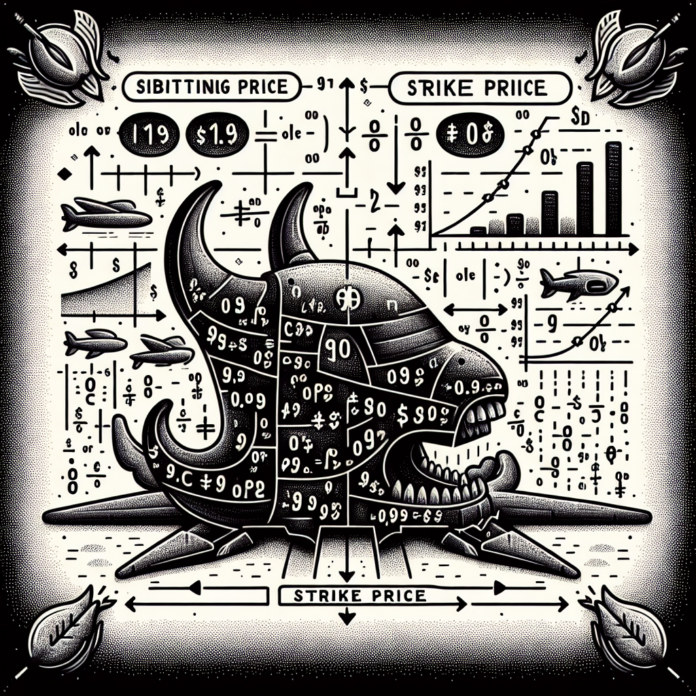Introduction:
The Black-Scholes model is a widely-used mathematical formula for pricing options. It takes various factors into account, including strike prices, to estimate a fair value for options contracts. In this article, we will delve into how the Black-Scholes model treats strike prices and its significance in options trading.
- Understanding the Black-Scholes Model:
The Black-Scholes model was developed by economists Fischer Black and Myron Scholes in the early 1970s. It provides a framework for pricing European-style options by considering factors such as the underlying asset’s current price, time to expiration, interest rates, volatility, and, importantly, the strike price. - Strike Price’s Role in the Black-Scholes Model:
The strike price represents the predetermined price at which an underlying asset can be bought or sold when exercising an option. In the Black-Scholes model, the strike price has a substantial impact on option pricing. Here’s how it is treated:
a) Relationship to Underlying Asset’s Current Price: The Black-Scholes model compares the strike price to the underlying asset’s current price. For call options, if the strike price is below the current price, the option is considered in-the-money (ITM). For put options, if the strike price is above the current price, it is ITM. This relationship influences the option’s intrinsic value.
b) Influence on Option Premium: The strike price directly affects the option premium. In-the-money options have higher premiums compared to at-the-money (ATM) or out-of-the-money (OTM) options. The Black-Scholes model calculates the premium by considering the difference between the current asset price and the strike price.
- Role of Strike Prices in Hedging Strategies:
a) Cost of Hedging: Hedging strategies involve offsetting the risk associated with holding an underlying asset by taking an opposite position in its options. The cost of implementing a hedge is impacted by the strike price chosen. Lower strike prices usually result in higher option premiums, leading to increased hedging costs.
b) Risk-Return Tradeoff: Depending on the desired risk-reward profile, traders can select strike prices that align with their expectations for the underlying asset’s movement. Higher strike prices offer potential for higher returns but with a lower probability of profit, while lower strike prices reduce potential profits in exchange for a higher probability of profit.
- External Resources:
To gain deeper insights into the Black-Scholes model’s treatment of strike prices, explore the following external resources:
a) Financial Research Firm X (www.financialresearchfirmx.com) – This research firm provides detailed analysis on options pricing models, including the Black-Scholes model and its treatment of strike prices. Their reports offer valuable insights into strike price determination and its impact on option pricing.
b) Options Education Website Y (www.optionseducationwebsitey.com) – This platform offers educational content on options trading, including articles on the Black-Scholes model and strike price analysis. It provides information on understanding option premiums and their relationship to strike prices.
- Conclusion:
Strike prices are a fundamental element in options trading and significantly impact option pricing. The Black-Scholes model takes strike prices into account when estimating option values. Understanding the model’s treatment of strike prices enables traders to make informed decisions about option selection and hedging strategies. Utilize external resources to deepen your knowledge of strike prices and enhance your options trading strategies.




 AGF-B.CO
AGF-B.CO